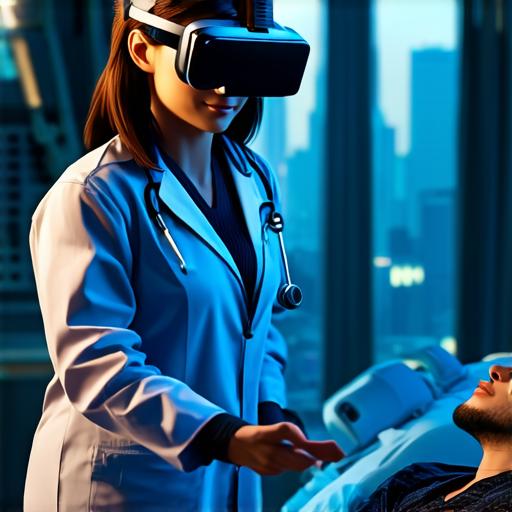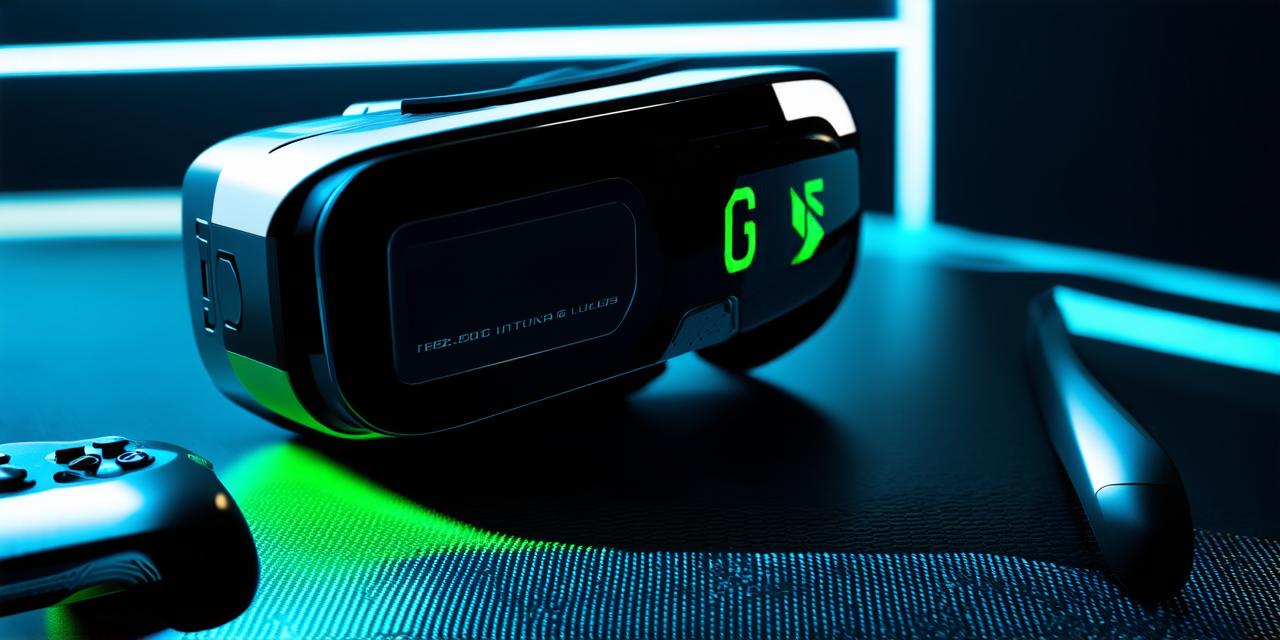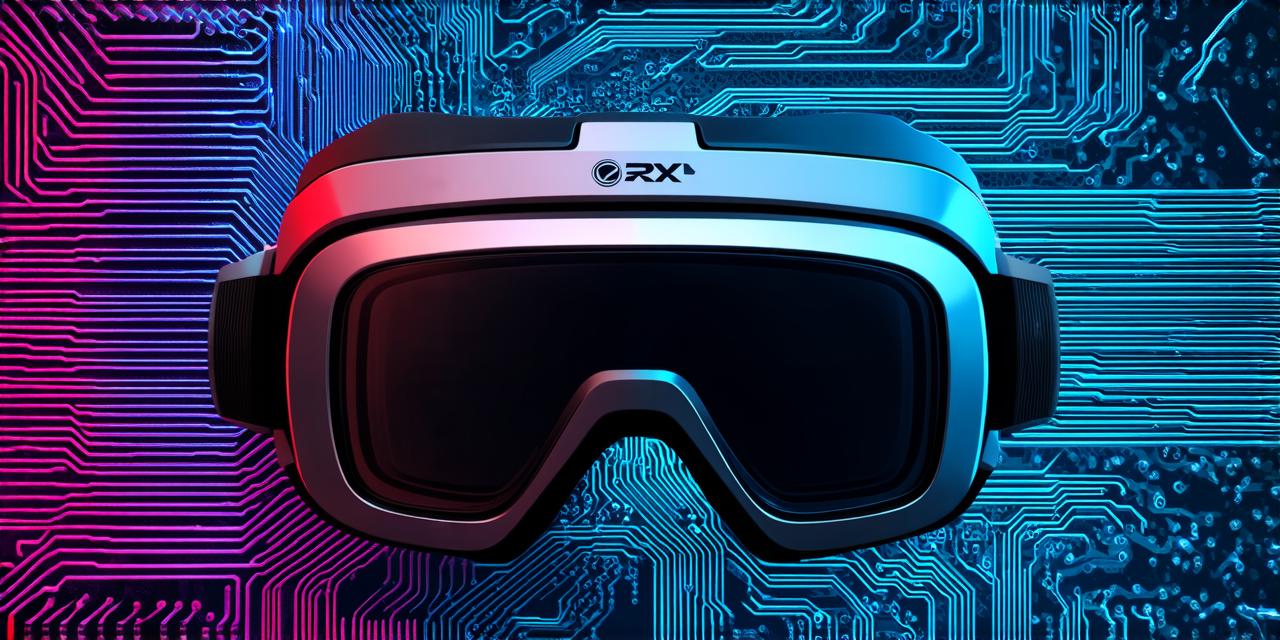Introduction
Virtual reality (VR) technology is rapidly changing the way we interact with the world around us. From gaming to education, VR has found applications in numerous industries, and healthcare is no exception. In recent years, virtual reality has been gaining traction as a tool for medical treatment, offering patients an immersive experience that can improve their overall well-being.
Virtual Reality in Surgery
One of the most promising uses for virtual reality in healthcare is in surgery. With VR, surgeons can create a 3D model of the patient’s anatomy, allowing them to practice complex procedures before performing them on the patient. This can greatly reduce the risk of complications and improve surgical outcomes.

For example, a study conducted by researchers at the University of California, San Francisco (UCSF) found that surgeons who used virtual reality simulation training were better able to perform complex surgeries than those who did not receive any training. The study also found that VR training was more effective in reducing the risk of complications than traditional surgical training methods.
Virtual Reality in Therapy
Another area where virtual reality is making a significant impact is in therapy. With the ability to create realistic simulations of real-world scenarios, virtual reality can be used to treat a variety of mental health conditions, including anxiety disorders, PTSD, and phobias.
For example, researchers at the University of Washington have developed a VR program that helps patients with social anxiety disorder practice social situations in a safe and controlled environment. The program has been shown to be effective in reducing symptoms of social anxiety and improving overall well-being.
Virtual Reality in Training
Virtual reality can also be used for medical training, allowing doctors and nurses to simulate real-life scenarios in a safe and controlled environment. This can help improve their skills and confidence, ultimately leading to better patient outcomes.
For example, a study conducted by researchers at the University of Maryland found that VR simulations were effective in improving the skills of emergency medical technicians (EMTs) in performing life-saving procedures. The study also found that EMTs who used VR training were more confident in their abilities to perform these procedures in real-life situations.
The Future of Virtual Reality in Healthcare
Virtual reality technology is still in its early stages, and there is no doubt that it will continue to evolve and improve in the coming years. As healthcare providers and researchers begin to explore new applications for VR, we can expect to see even more innovative uses of this technology in medical care.
FAQs
1. What are some common applications of virtual reality in healthcare?
Virtual reality can be used in a variety of healthcare settings, including surgery, therapy, and training.
2. How does virtual reality improve surgical outcomes?
Virtual reality allows surgeons to practice complex procedures before performing them on the patient, reducing the risk of complications and improving surgical outcomes.
3. What mental health conditions can be treated with virtual reality?
Virtual reality can be used to treat a variety of mental health conditions, including anxiety disorders, PTSD, and phobias.
4. How effective is virtual reality in medical training?
Virtual reality simulations have been shown to be effective in improving the skills and confidence of doctors and nurses in performing life-saving procedures.
5. What are some potential future applications of virtual reality in healthcare?
As virtual reality technology continues to evolve, it is likely that we will see even more innovative uses of this technology in medical care.




